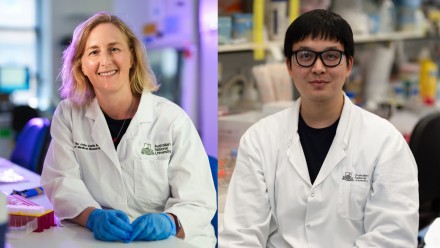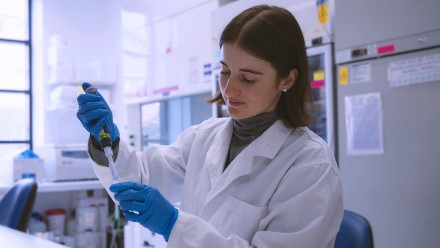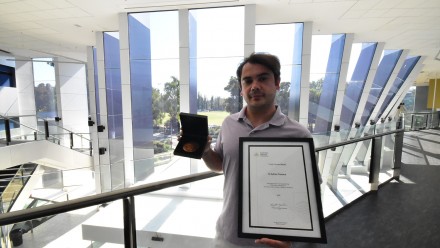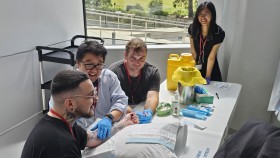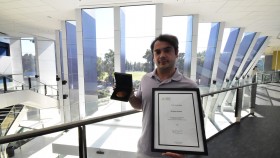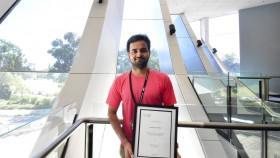New Insights into Immune Function: Changing Our Understanding of B Cell Biology
A new study conducted by researchers at the Centre for Personalised Immunology has revised the historical assumptions about the timing and location of the key immune function known as class switch recombination (CSR).
For years, the idea that CSR was a process exclusive of germinal centres was one of the central dogmas in the field of immunology, however this research shows that this is not the case.
“This finding has important implications for our fundamental understanding of B cell biology and the way our bodies fight infection, challenging our current view that germinal centres are the preferred sites where CSR takes place during an immune response” said Dr Jonathan Roco, lead researcher of the study.
Germinal centres are dynamic structures formed within secondary lymphoid organs, i.e., tonsils, spleens and lymph nodes. The formation of germinal centres is central in our fight against pathogens, as they provide long-lasting immunity, in the form of immune memory, and the production of highly specific antibodies.
Antibodies are key components of our adaptive immune system. They are produced by B cells and have evolved to recognise and neutralise with high specificity harmful pathogens. During the course of an infection, B cells can improve the properties of the antibodies they produced. This is achieved using two different, but closely related processes; somatic hypermutation (SHM), aim to improve the affinity, and class switch recombination (CSR), need it to modify the effector function of the antibody.
“CSR is induced by B cells prior to the formation of germinal centres and becomes very rare, if not absent, once B cells have entered the germinal centre reaction.” Said Dr Roco.
This fundamental finding was used as inspiration by the artist Kelli Owen, whose painting has been featured on the cover of the scientific journal Immunity.
The painting shows a landscape, where the trees around the river contain fruits (B cells) that are multicoloured, depicting the induction of CSR, and hence a more diverse variety of isotypes. Then, phylogeny trees become monocoloured in germinal centres, the sun in the image, indicating that clones do not switch to other isotypes in GCs.
Now that we know B cells start producing these highly specialised antibodies before entering the germinal centre, we may be able to find ways to facilitate this process in and help our bodies fight disease.
This research was published in Immunity.






